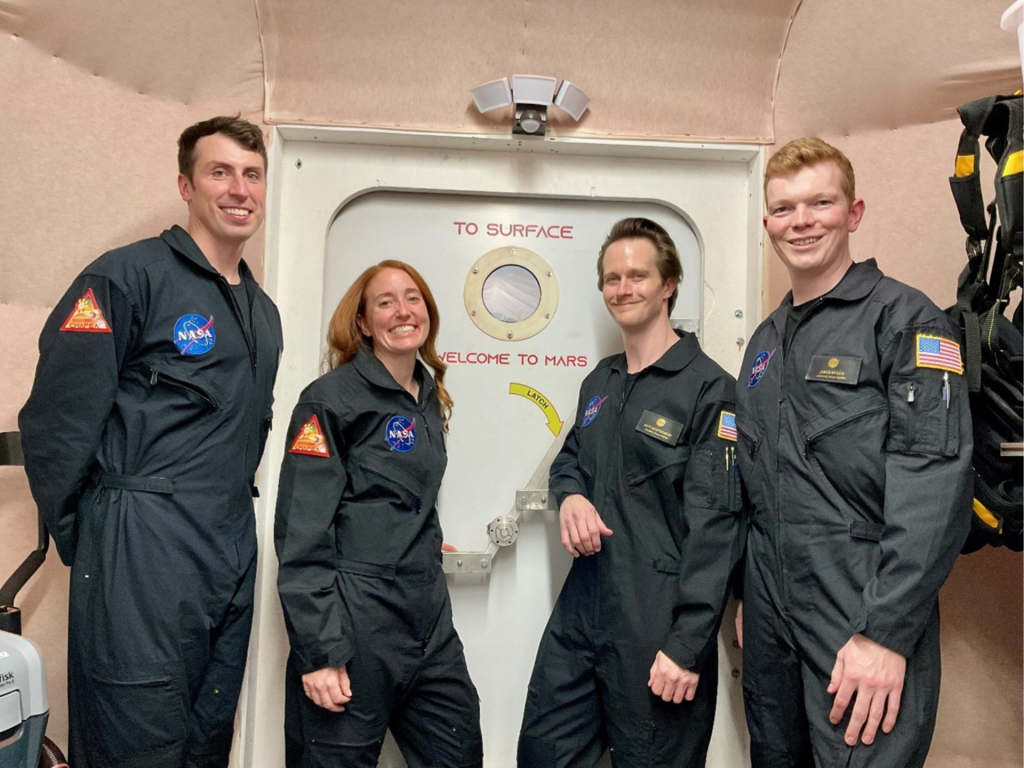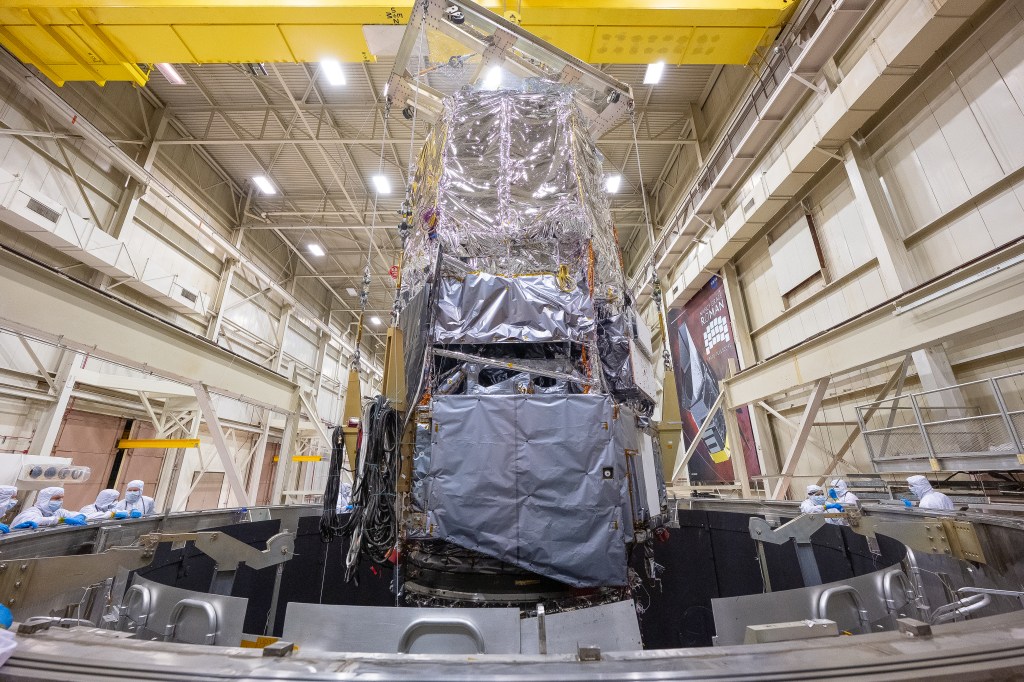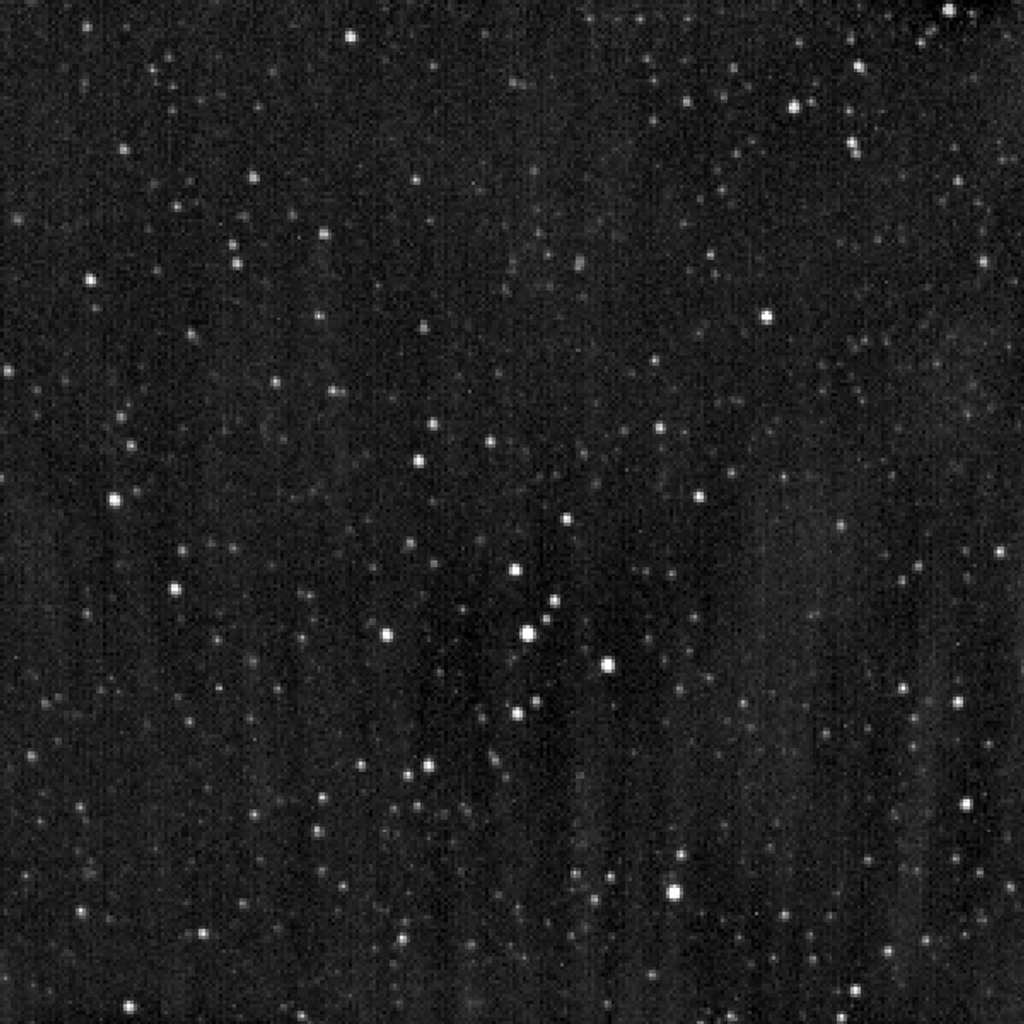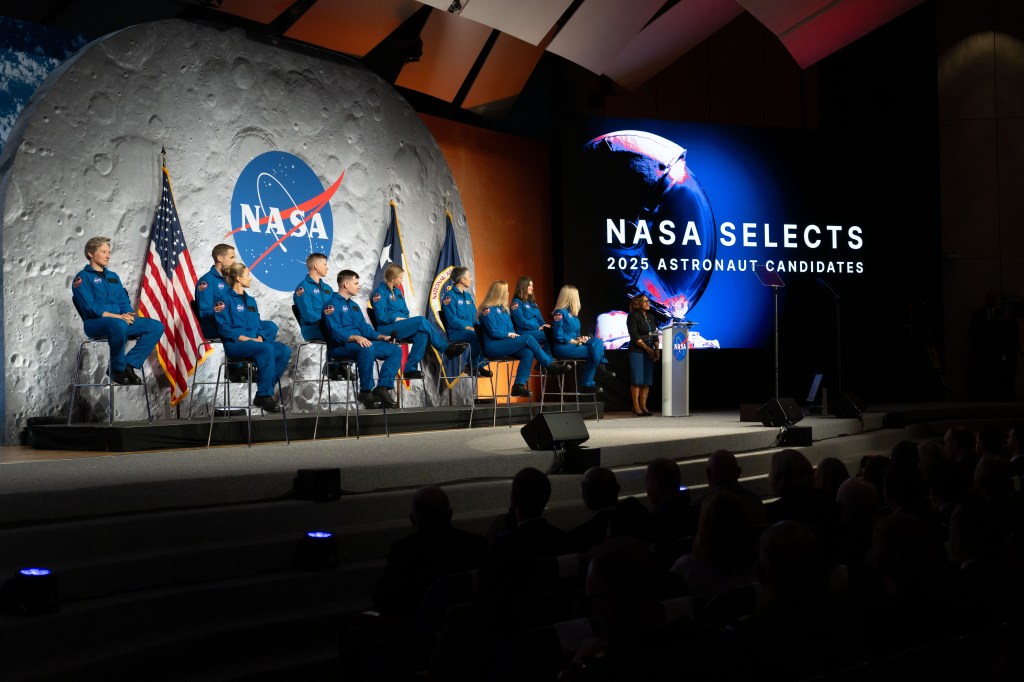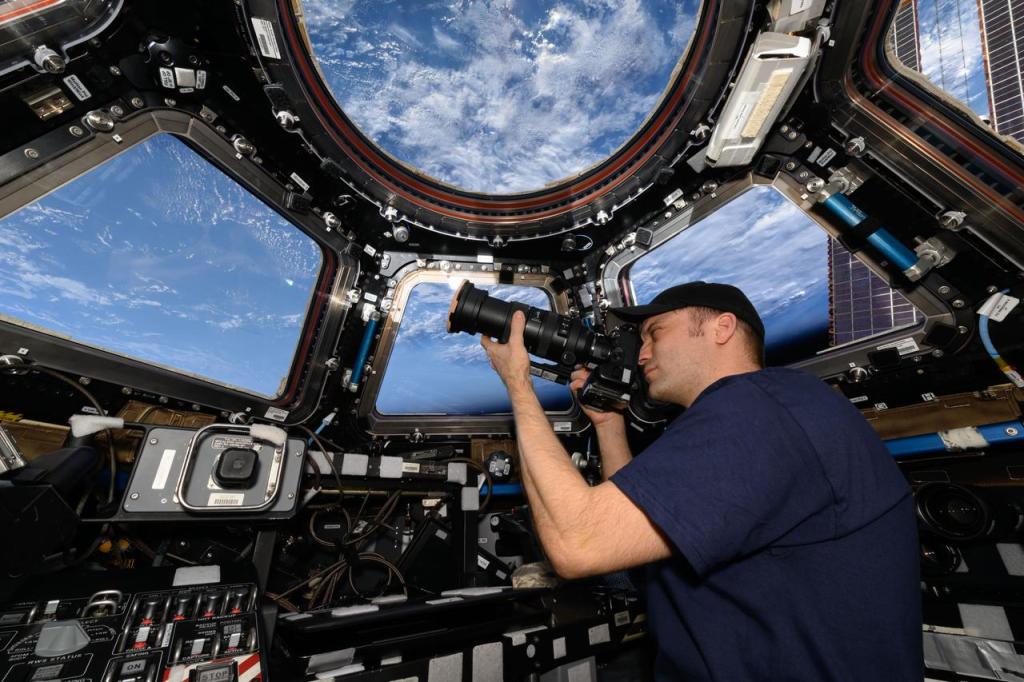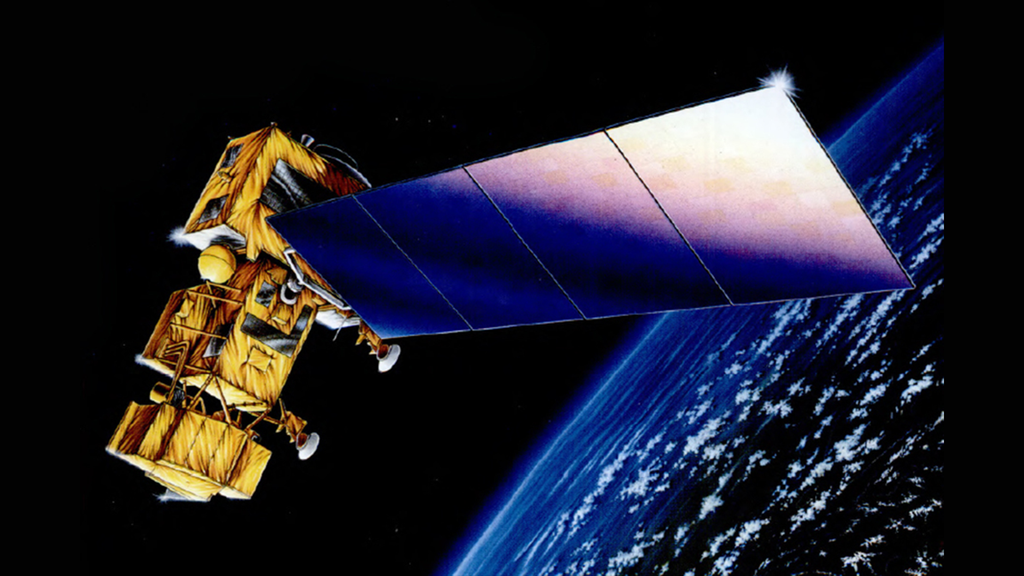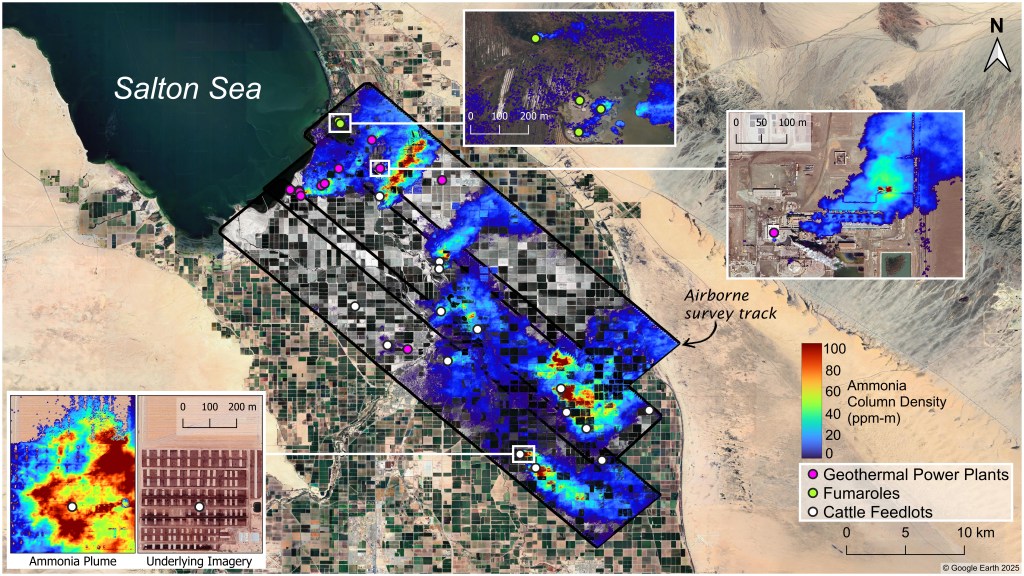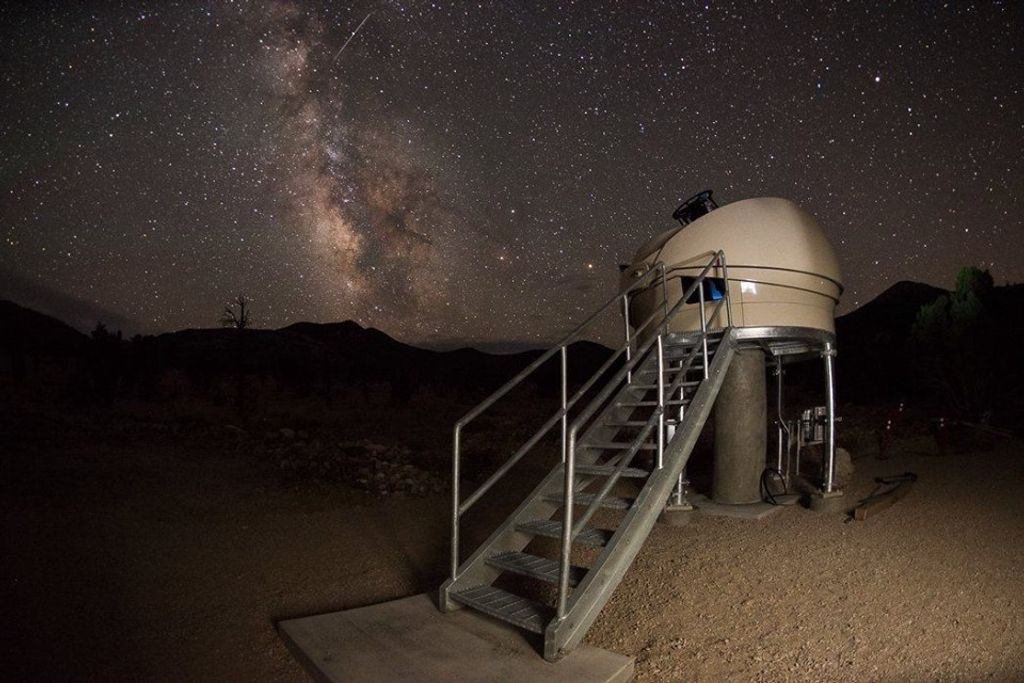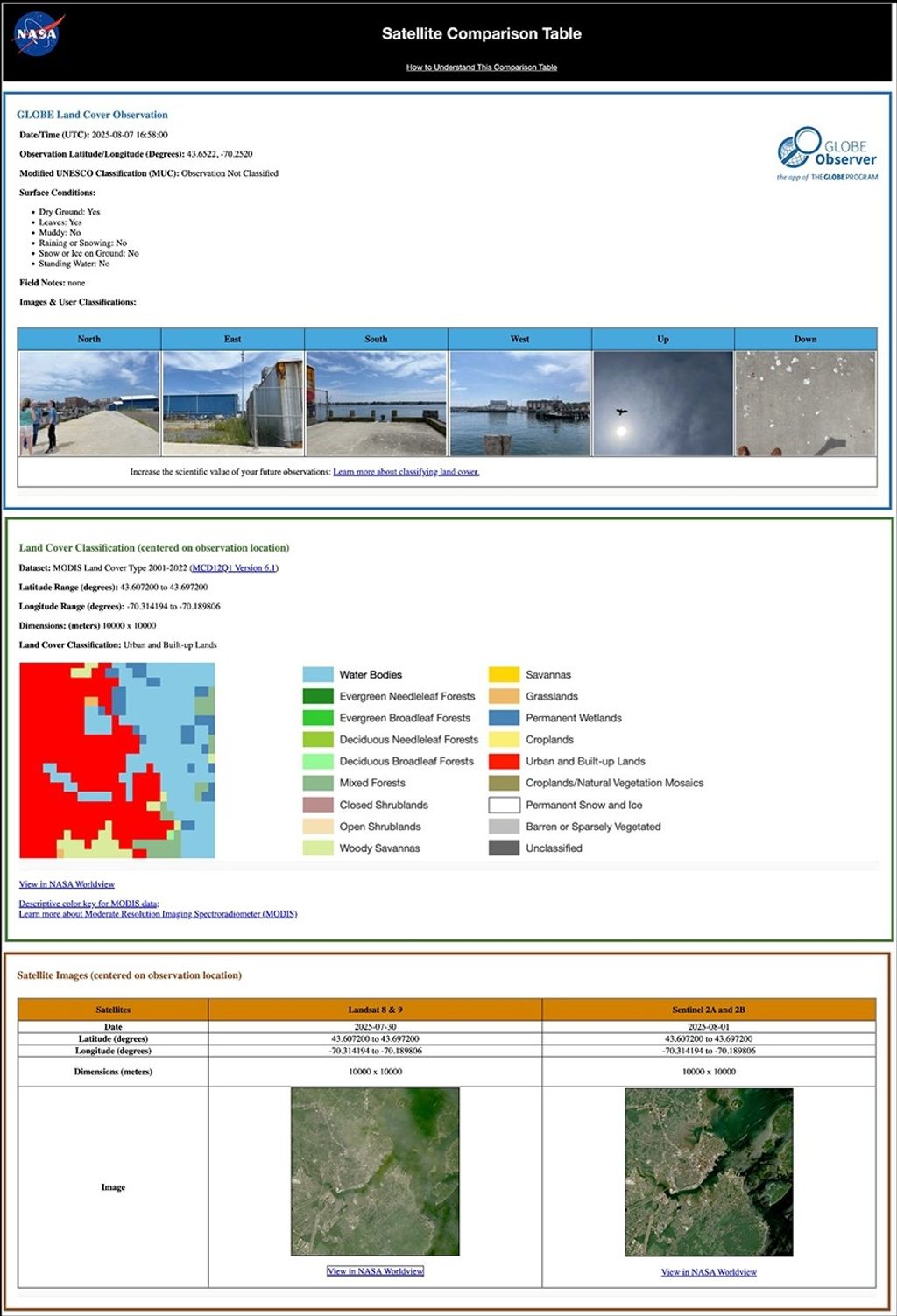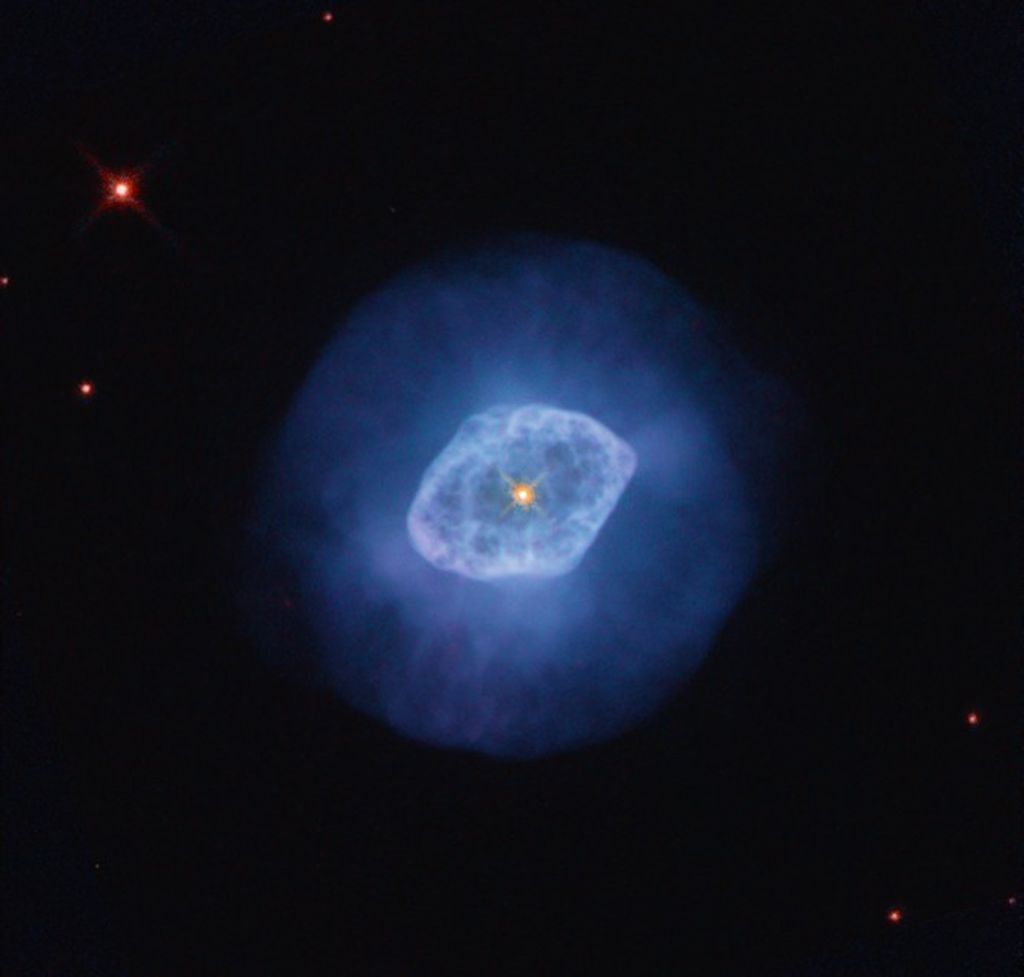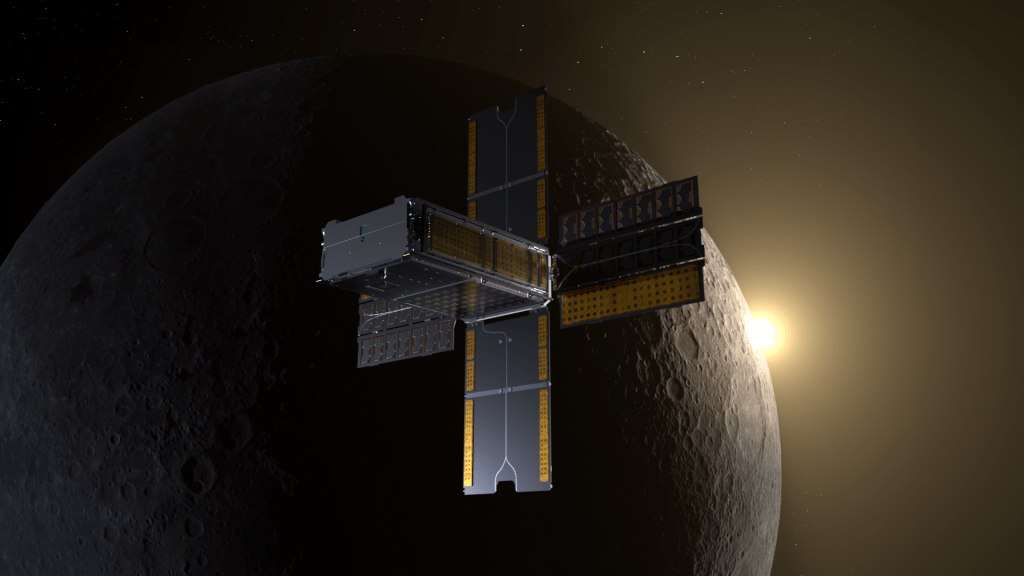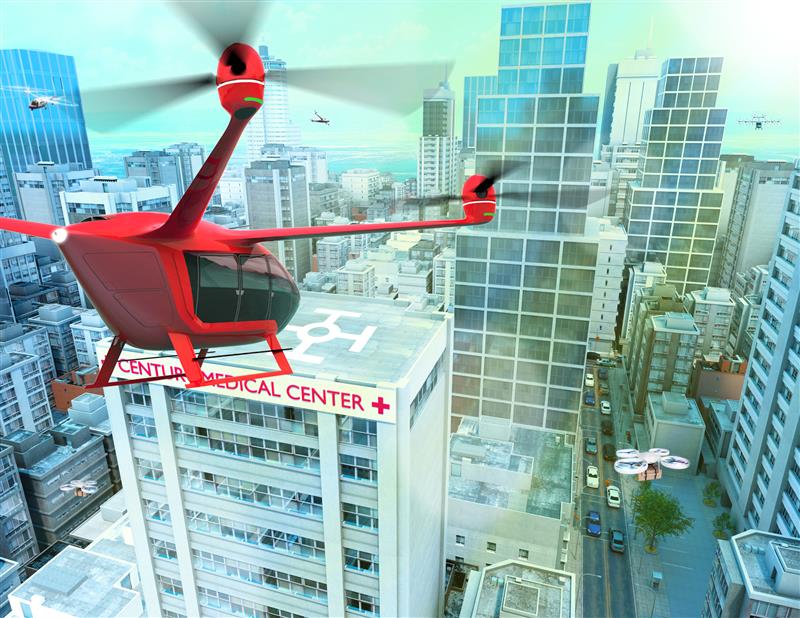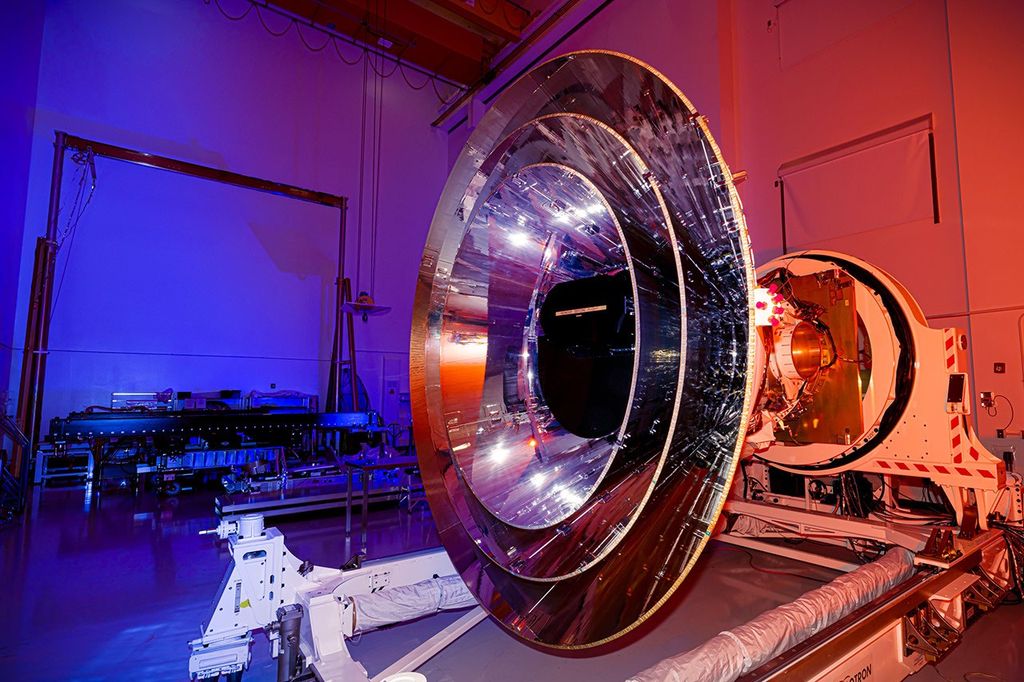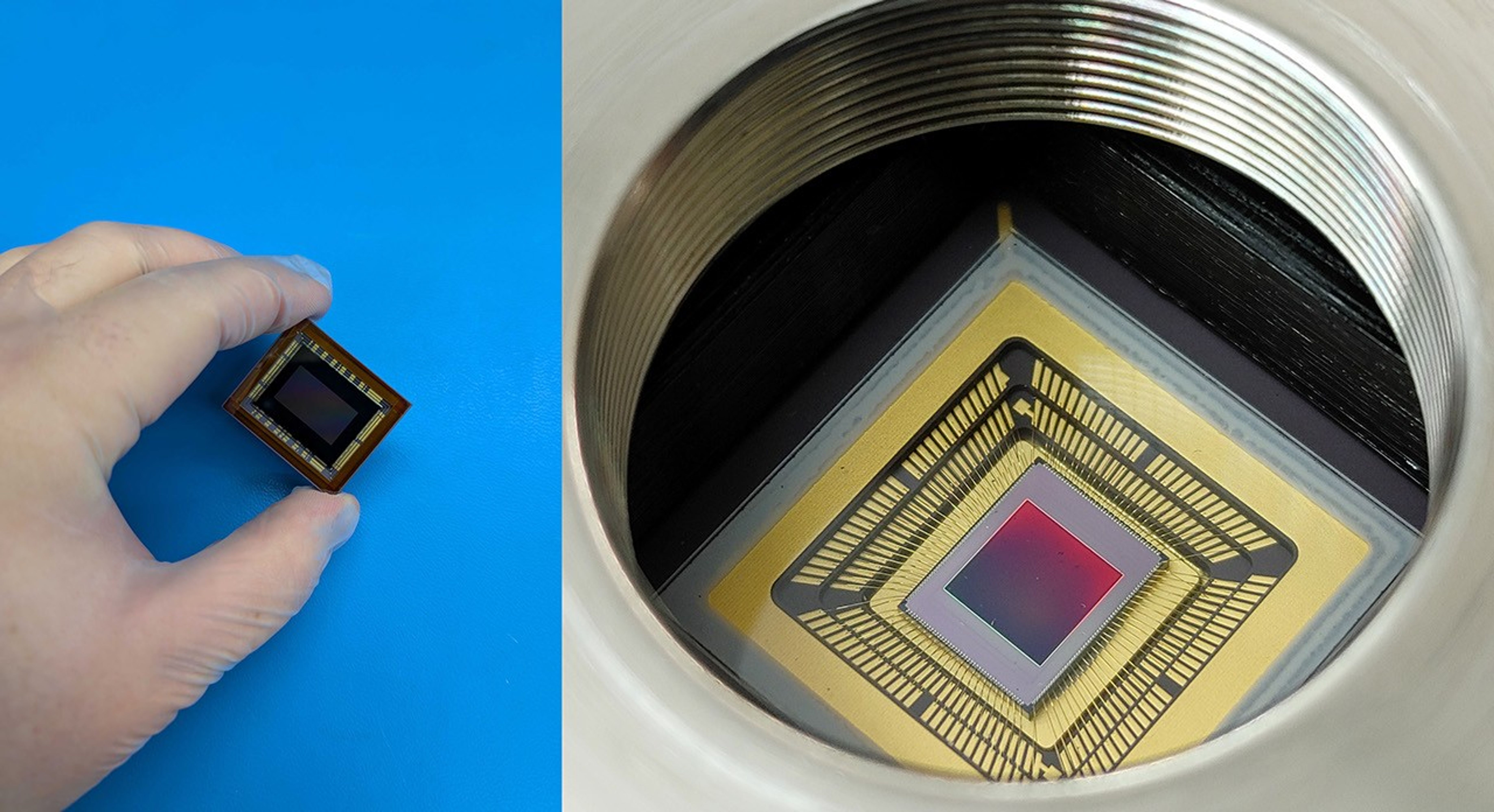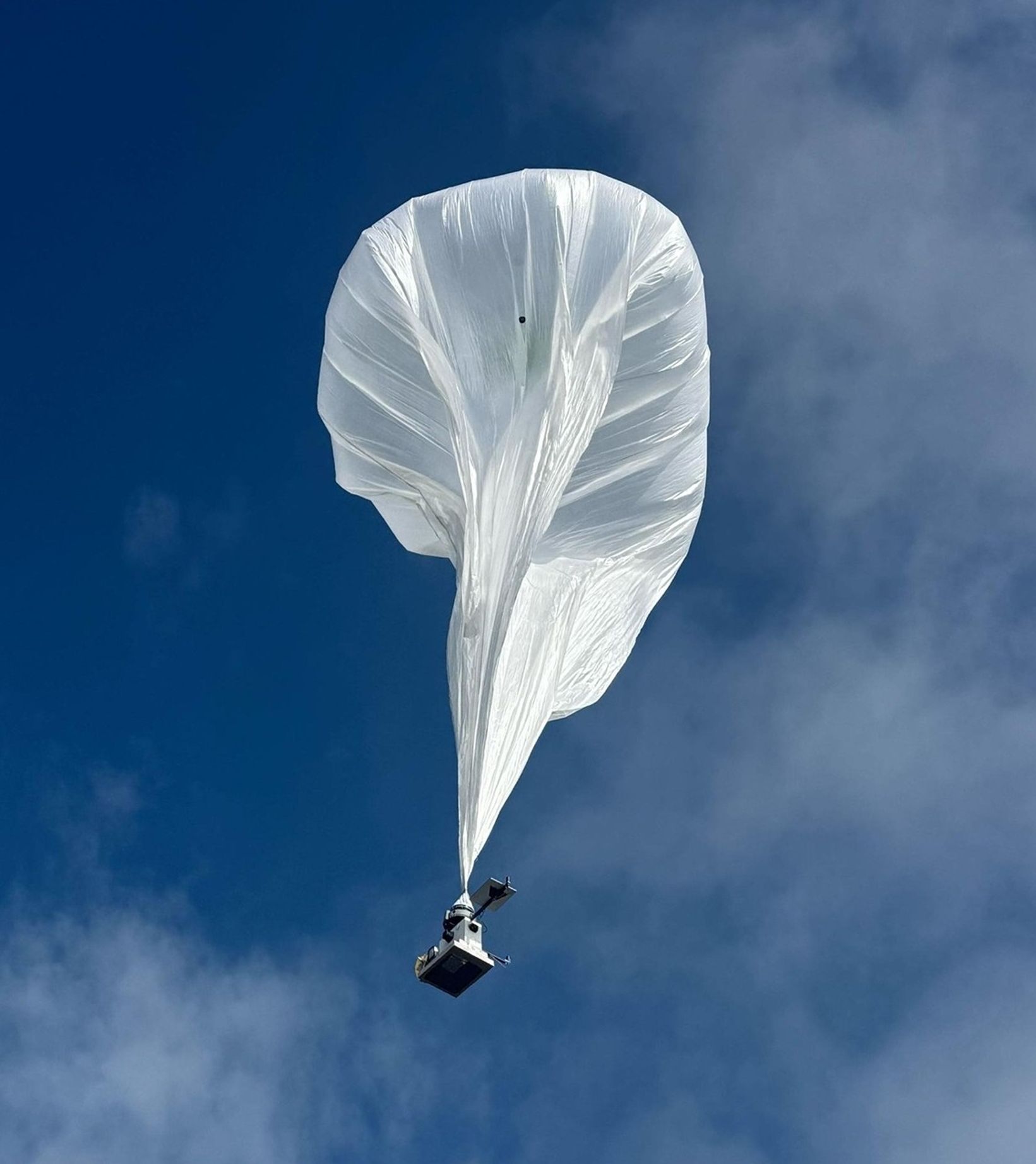Reports and Publications
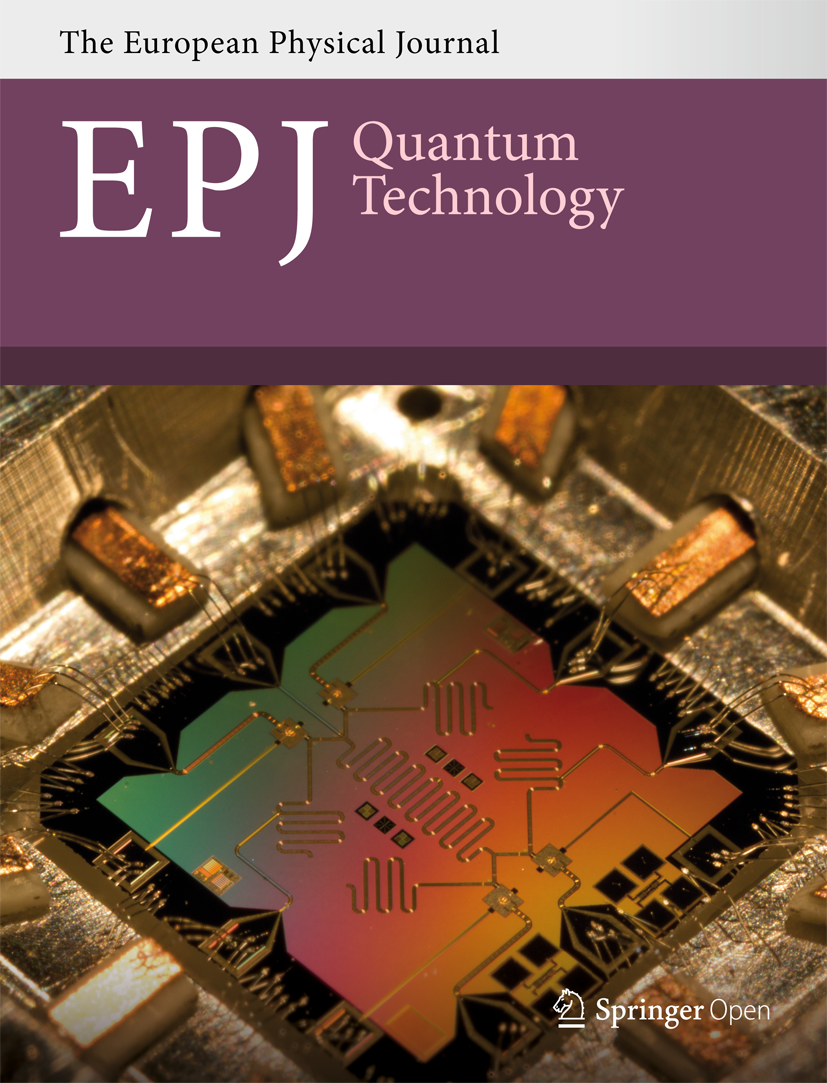
Quantum sensing for NASA science missions, published by EPJ Quantum Technology—May 21, 2025
This paper describes quantum sensors that NASA has flown on space missions, investments that NASA is making to develop quantum sensors, and possible approaches to employ quantum sensing to study the attributes of distant stars and planets, the Sun, Earth, and fundamental properties of matter.

Informing Large Science Missions from SmallSat/Class D
Lessons Learned Workshop: AIAA 2024 ASCEND Conference
presentation and Final Report
In March 2024, NASA convened a workshop to gather insights from
NASA SmallSat/Class D missions that could be extrapolated to
improve the management of SMD’s Class A-C missions. The following
reports summarize the motivation, proceedings, and outcomes of
that event.
Download the Presentation
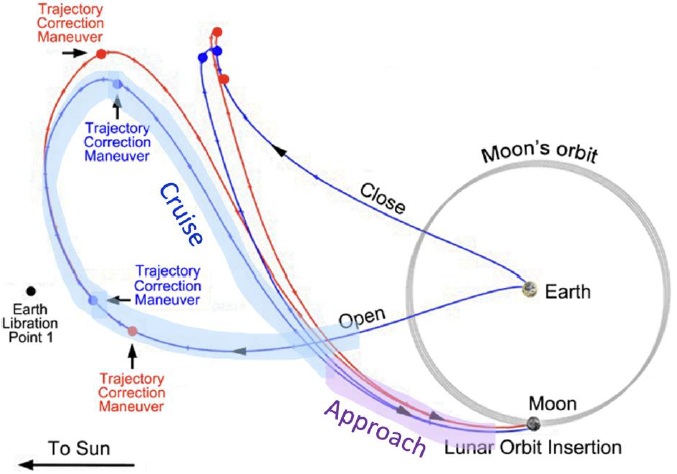
The Autonomous Navigation Demonstration Relevance Assessment Team (ANDRAT) was established to determine the potential relevance of a demonstration mission to reduce risks for future science missions that cannot rely on the Global Positioning System (GPS).

Commercial Persistent Platforms (CPP) Study report—May 31, 2023
This study investigates the current landscape of capabilities for utilizing CPPs and other commercial spacecraft buses, and In Space Assembly and Manufacturing (ISAM) for providing spaceflight opportunities for NASA’s Earth science and Heliophysics science instruments.
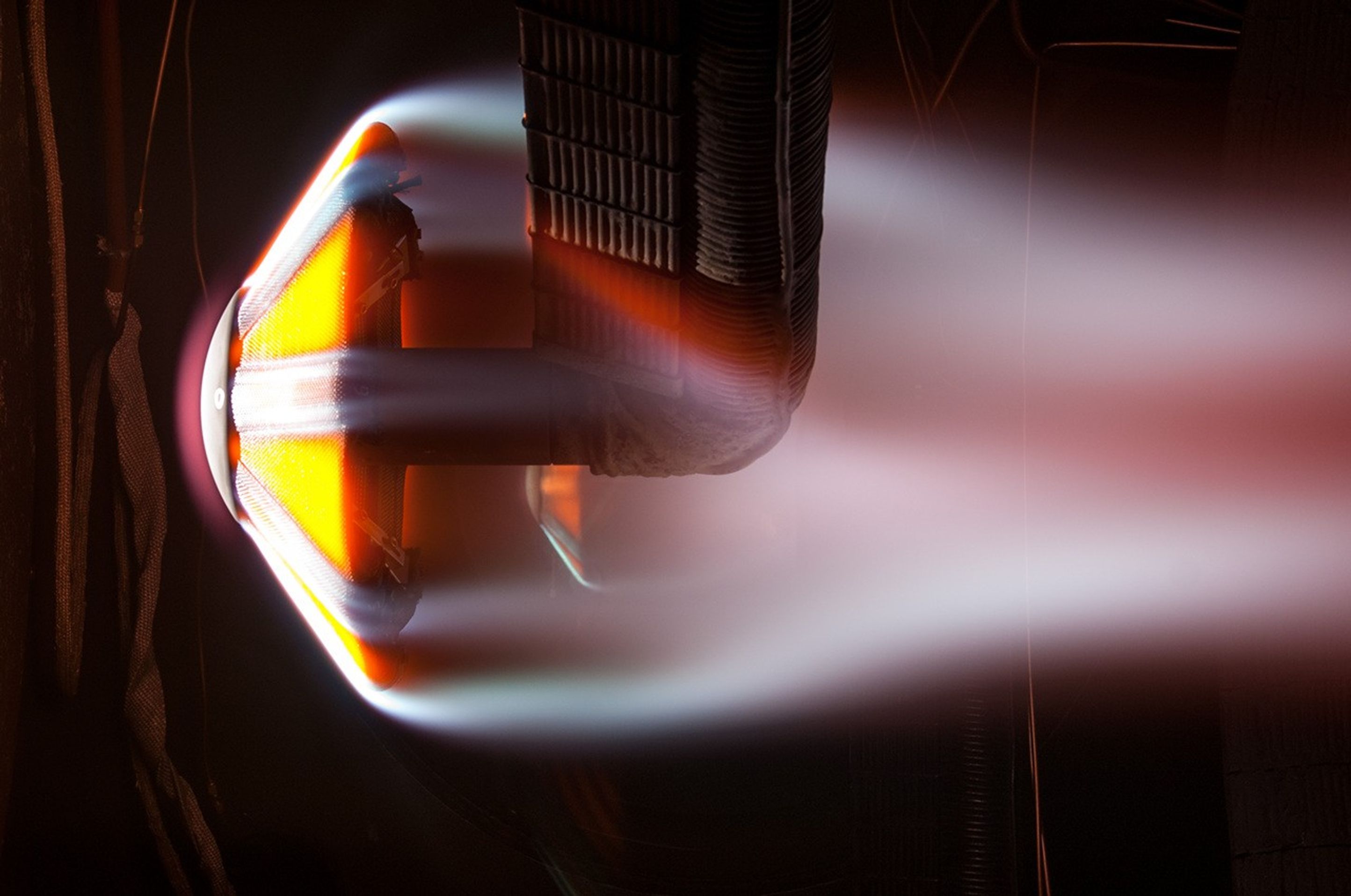
Report of the Aerocapture Demonstration Relevance Assessment Team (ADRAT) - February 10, 2023
The Aerocapture Demonstration Relevance Assessment Team (ADRAT) was established to examine the utility of an aerocapture demonstration mission to reduce the risk on outer planets missions, focusing on how NASA can use this technology to more effectively meet the nation’s science and exploration goals.
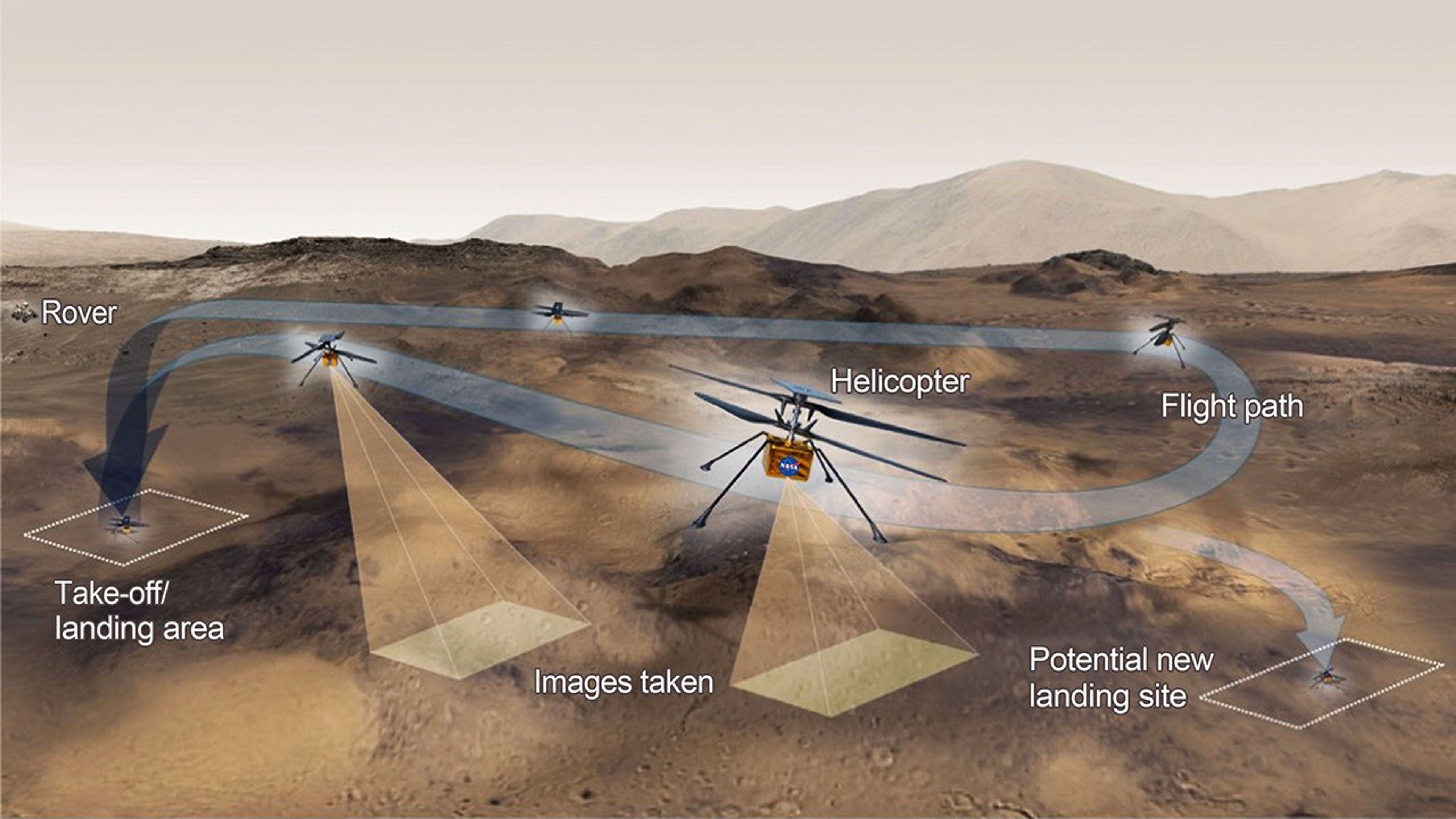
2018 Workshop on Autonomy for Future NASA Science Missions: Output and Results—October 2018
At the 2018 Workshop on Autonomy for Future NASA Science Missions, key technical leaders from industry, academia, and NASA explored how autonomy can impact upcoming NASA missions.

Astrophysics Technology Heritage Study
The Astrophysics Division (APD) engaged The Aerospace Corporation (“Aerospace”) to conduct an independent, comprehensive Astrophysics Technology Heritage Study and understand the overall impact of APD’s investment on astrophysics technology advancement through their grants and contracts.

ESTO By the Numbers: A Look at 25 Years of Programmatic Metrics
From technology advancement and infusions to publications and student involvement, ESTO projects have made significant impacts to NASA and beyond. These metrics demonstrate the remarkable success of early technology development through a competitive, peer-review selection process.


